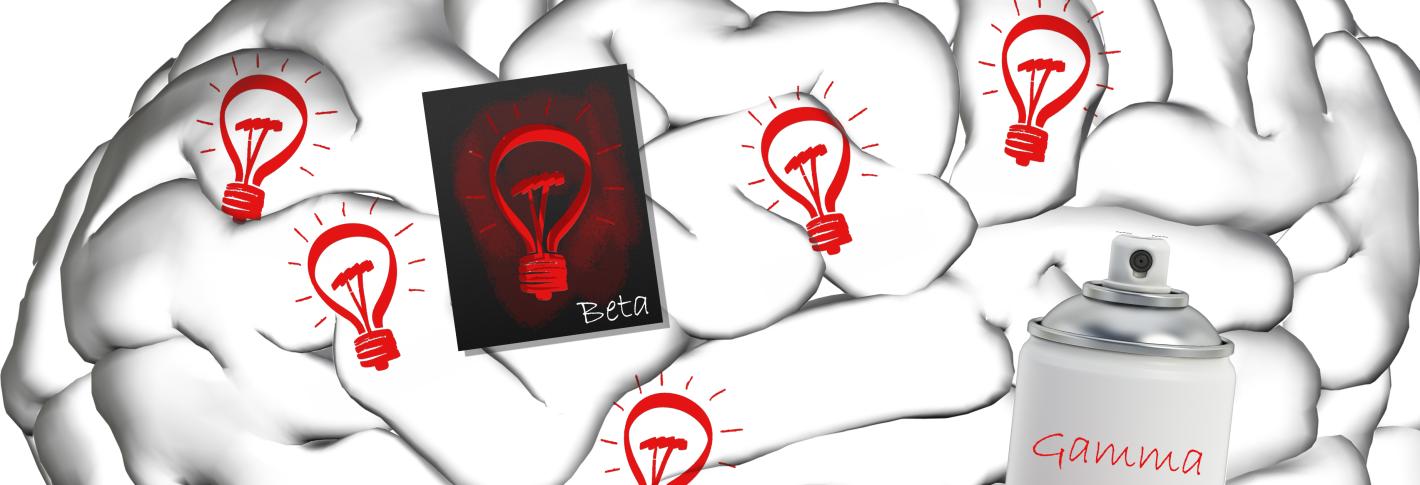In Down syndrome cells, genome-wide disruptions mimic a senescence-like state
Extra chromosome alters chromosomal conformation and DNA accessibility across the whole genome in neural progenitor cells, disrupting gene transcription and cell functions much like in cellular aging.


